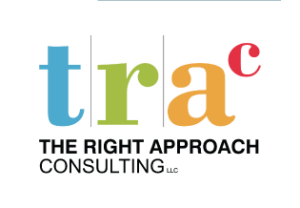Internal Audit Key to Driving Improvement (Pt. 1)
Developing a robust internal auditing system is one of the best ways to maintain a consistent, effective quality system and avoid undesirable findings during an external (customer or ISO) audit. But the greatest value to the organization is when internal audits are used as a continuous improvement tool.
Lead Auditor
The process begins with the person who has functional responsibility for the internal auditing process, typically the quality manager or ISO representative. As the leader and owner of this program, there are two imperative disciplines that this person should receive formal training in. The first is ISO Lead-Assessor training from an accredited outside third-party training firm. The second is “Train the Trainer” instruction. Frequently the owner of the auditing program will be the one training the audit staff. And, as with all training, records of this training should become a permanent part of this person’s training file.
Audit Schedule
The next step is to develop a comprehensive audit schedule. Each functional area and major business system should be included in the audit schedule. Most accrediting bodies (Registrars) have a requirement that the entire QMS must be audited at least annually, so the frequency from a high level is already defined. But when adding in all of the subordinate procedures, work instructions, etc. for all of the manufacturing functional areas and support departments, the amount of processes that need to be audited can become daunting. This is where an Audit Schedule can be invaluable. Breaking down the audits into manageable monthly or quarterly buckets spread out with a number of internal auditors minimizes the time constraint and maximizes the opportunity to stay on schedule.
Audit Plan
One of the best ways to assure consistency with your internal audits is to use a standard checklist that covers the exact QMS requirements (ISO 9001, ISO 13485, AS 9100, etc.)  The QMS audit process measures the level of communication, comprehension, and compliance (the 3-C’s) of the Quality Manual and overall QMS system throughout the organization. A very effective way to increase awareness of key attributes of the QMS like the Quality Policy is to incorporate this into the audit. If an employee cannot recite the Quality Policy (either from memory or from a badge, card or poster), that would constitute an audit finding. Another method for maximizing the potential of “finding free” audits is to audit the line workers, not the department supervisors. Demonstrated audit competence of the people actually doing the work validates the strength of the training program, plus generates the collateral benefits that will be discussed in Pt. 2 next week.
The QMS audit process measures the level of communication, comprehension, and compliance (the 3-C’s) of the Quality Manual and overall QMS system throughout the organization. A very effective way to increase awareness of key attributes of the QMS like the Quality Policy is to incorporate this into the audit. If an employee cannot recite the Quality Policy (either from memory or from a badge, card or poster), that would constitute an audit finding. Another method for maximizing the potential of “finding free” audits is to audit the line workers, not the department supervisors. Demonstrated audit competence of the people actually doing the work validates the strength of the training program, plus generates the collateral benefits that will be discussed in Pt. 2 next week.
